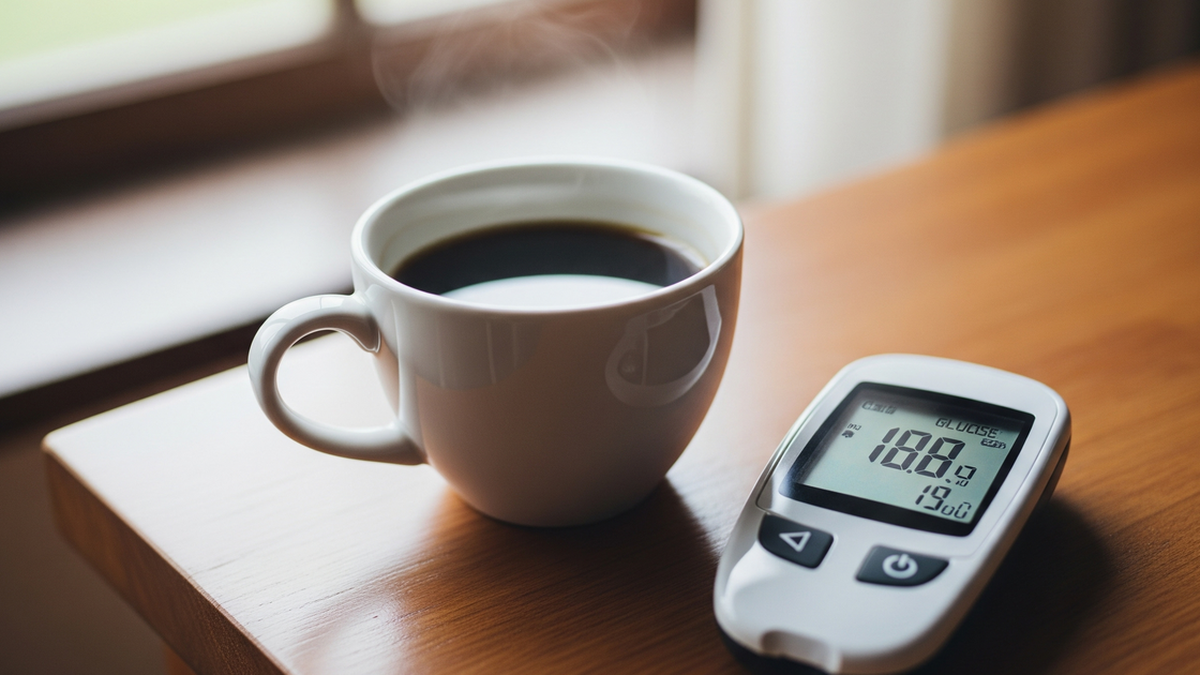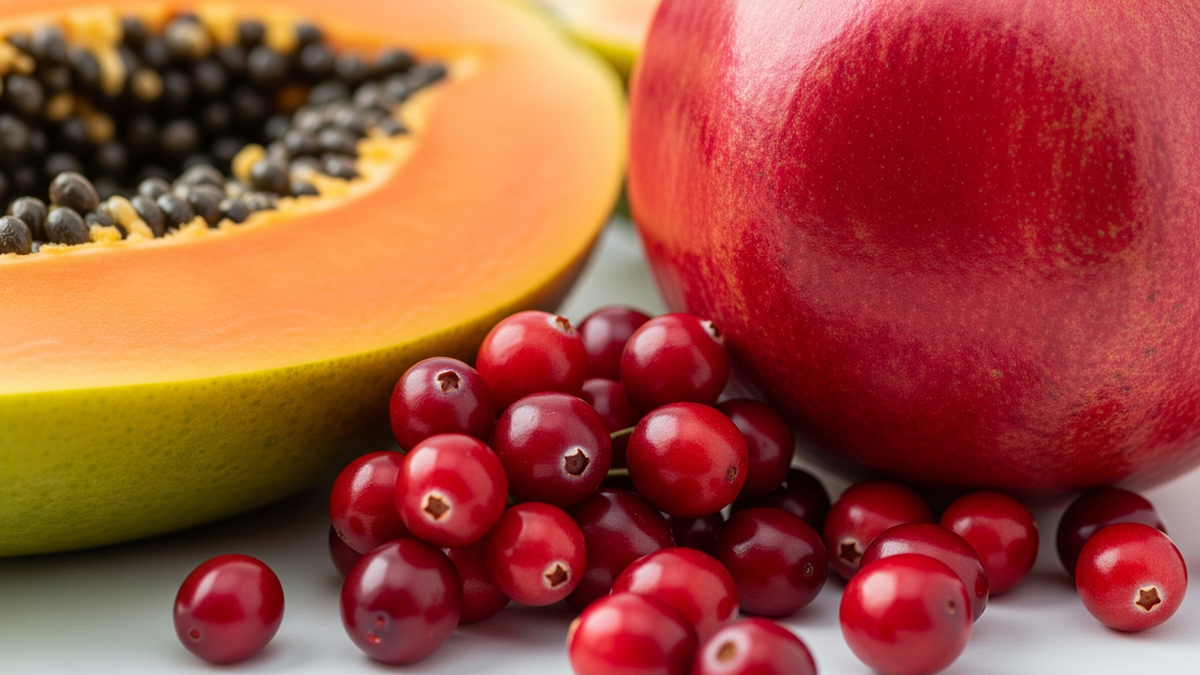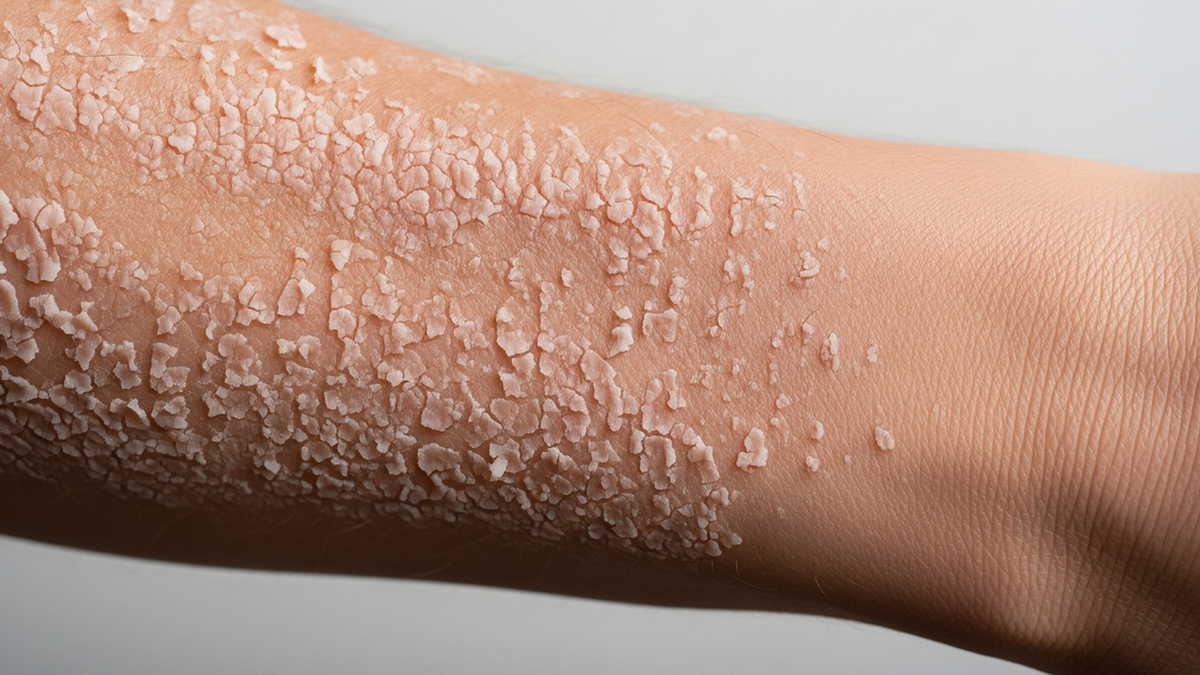Hanoi Mr. Hoang, 90 years old, suffered from severe bed sores, doctors applied a three-phase nutritional strategy to treat the patient instead of surgery.
On September 11, Dr. Vu Thi Thanh, Head of the Department of Nutrition, Tam Anh General Hospital, Hanoi, said that the patient's pressure ulcer was in stage three, the size of each buttock ulcer was about 10x5 cm, with a lot of necrotic tissue, favorable for bacteria, fungi... to grow. The ulcer was severe because Mr. Hoang had been bedridden for a long time due to Alzheimer's disease, high blood pressure, spinal degeneration, kidney failure, abdominal aortic aneurysm, and had a myocardial infarction that had been stented.
Pressure ulcers form when lying down for long periods of time without changing positions and without regular massage. The weight of the body presses on the capillaries, causing poor or no circulation, leading to lack of oxygen and nutrients. Tissues and skin begin to decompose, leading to ulcers, deep wounds that cannot heal on their own.

Dr. Vu Thanh (standing on the left) assesses the patient's condition. Photo: Tam Anh General Hospital
Mr. Hoang was severely malnourished, had difficulty responding to treatment for underlying diseases, had widespread ulcers, infections, and was at risk of death if not treated, according to Dr. Thanh. Normally, with large and deep ulcers, patients need skin graft surgery. However, Mr. Hoang had many underlying diseases, high risks if surgery was performed, so the doctor decided to use nutritional tactics.
"Pain relief, local care and nutritional therapy are crucial in ulcer treatment," said Dr. Thanh, adding that nutritional regimens also help improve underlying diseases, helping patients recover their health.
Doctors propose a nutritional treatment strategy for patients in three phases. Phase one supplements the patient's energy level equivalent to 19-20 kcal/kg IBW/day, increasing to 30-35 kcal/kg IBW/day in phase two, and finally to 40-42kcal/kg IBW/day. IBW is the appropriate weight level for the height and physical condition of the body.
Nutrients such as protein, carbohydrates, fiber, phosphorus... are adjusted appropriately for each stage to repair and regenerate damaged tissue. During this time, the patient's ulcer is cleaned and rehabilitation exercises are performed. After three months, the ulcer is completely healed, the patient is alert, eats and lives normally.
According to Dr. Thanh, treatment of pressure ulcers is based on the specific characteristics of each wound. Patients need to be assessed for nutrition, intervened and monitored daily to promote the healing process. Nutrition not only helps increase the body's resistance, support the response to the regimen but is also a treatment method. Nutritional therapy is based on clean, safe food sources to help patients recover their health.
Linh Dang
*Patient's name has been changed
| Readers ask questions about nutrition here for doctors to answer |
Source link

























![[Photo] National Assembly Chairman attends the seminar "Building and operating an international financial center and recommendations for Vietnam"](https://vphoto.vietnam.vn/thumb/1200x675/vietnam/resource/IMAGE/2025/7/28/76393436936e457db31ec84433289f72)











































































Comment (0)